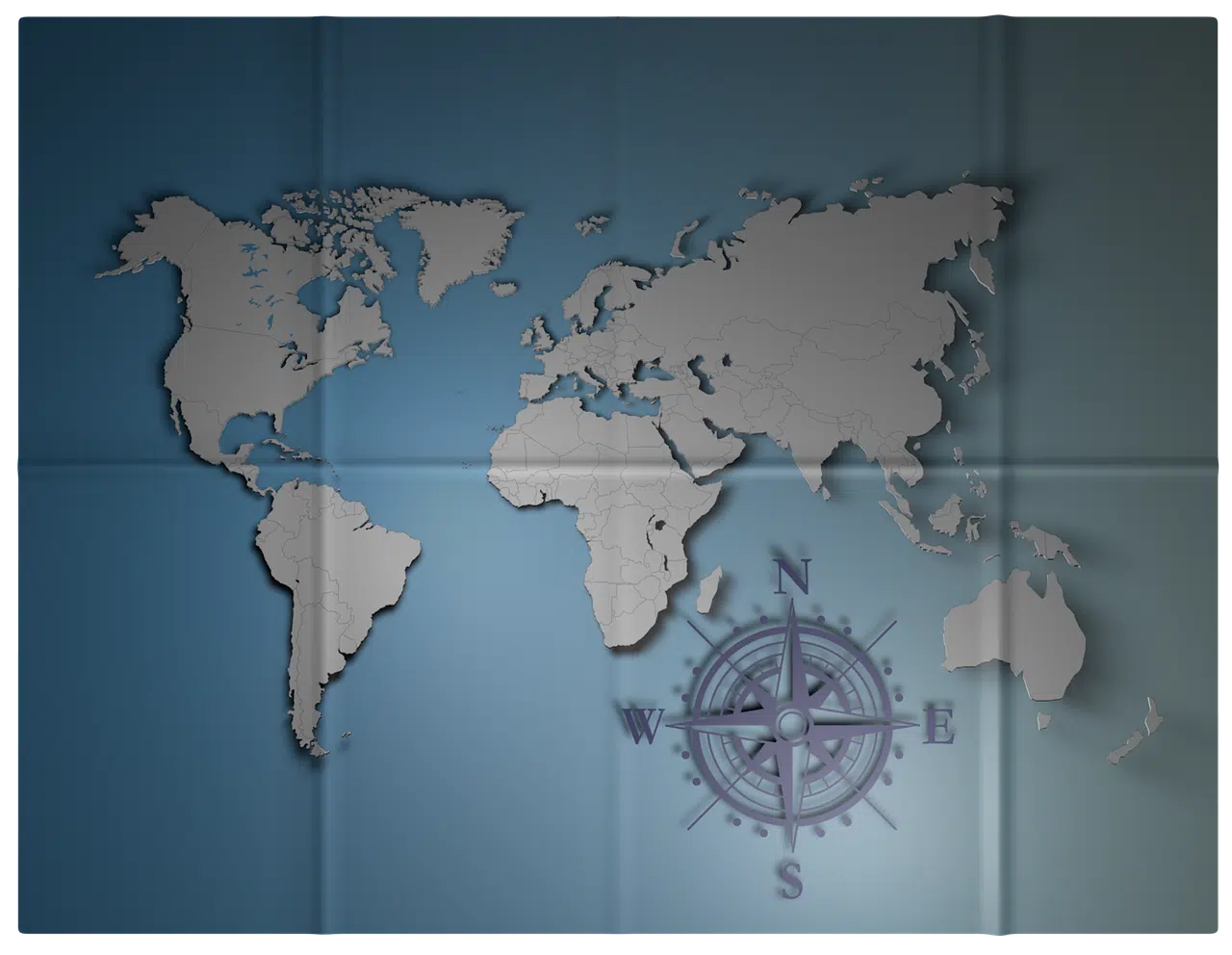
The idea of the West can refer to the West as the cardinal point.
Occident is a concept that derives from the Latin occĭdens and that refers, in different ways and with different scope, to the West . When it appears written with an initial capital letter, it specifically mentions the cardinal point . For example: “The captain ordered us to turn west to avoid the sandbanks” , “I don't know which way to go: in the west, we have the mountains, while to the east there are several rivers” .
The idea of the west can also refer to that which is located to the west of something or in the western part of a place: “The Muslim population is grouped in the west of the city: there are several mosques there” , “The western part of this “The province is full of soybean fields.”
The West as a group of countries
The most frequent use of the notion, however, is to name the group of countries that maintain a similar cultural tradition and whose systems of economic, political and social organization are similar. In this sense, the world is usually divided into west and east, as can be done geographically.
Although there are multiple interpretations of what is understood by the West, in general the nations where the Catholic or Protestant religion , capitalism and democracy predominate are included within the group. These characteristics, however, are not exclusive, since there are countries that do not meet any of these requirements but, in any case, they are included within the Western world.
What is produced in the West or is linked to it is classified as Western . One can speak, therefore, of Western literature, Western music, etc.

The concept of the West is usually associated with Catholic or Protestant, capitalist and democratic countries.
Western Europe
The region of Western Europe , which is also called Western Europe , is located in the western part of the continent, on the Atlantic Ocean . In any case, this concept has other meanings and is generally used to refer to those States that expressed capitalist positions during the Cold War .
Later this term has been used to refer to countries that have a democratic government system and maintain a mixed economy ( free market but where the State also has strong participation and intervention). Today, however, this definition is becoming outdated since there are many countries that have these characteristics and do not belong to Western Europe .
The European continent between West and East
The division of Europe into eastern and western has a historical rather than geographical reason. At the end of the Second World War, a map was created that politically was clearly divided into two. The countries were grouped together regardless of their geographical location , taking into account their political affinities. Greece , for example, although it is located in the eastern part of Europe, is part of the countries that make up Western Europe ; while Lithuania, which is further east, counts as eastern. Broadly speaking, we can say that the western part is made up of those most industrialized countries; and its members, the vast majority, are part of the European Union .
If we wanted to make a specific geographical division, Europe is divided into four: Western, Northern, Southern and Eastern . It is important to note, however, that this classification is not always used in this way; That is why you have to know the way in which the speaker is referring to the continent, according to its political division or taking into account the geographical division.
It is worth mentioning that many times the concept of the West is used in contrast to the East to refer to a more advanced culture where democracy and social equality reign; However, this is nothing more than a prejudice that is spread to belittle the culture of the people of the East .
